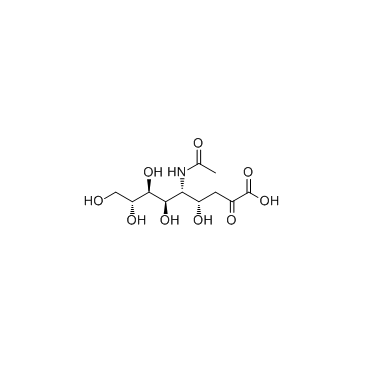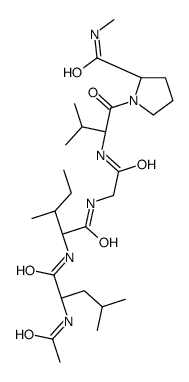| Structure | Name/CAS No. | Articles |
|---|---|---|
 |
N-Acetylneuraminic acid
CAS:131-48-6 |
|
 |
Elastin
CAS:9007-58-3 |
|
 |
N-acetyl-2,3-didehydro-2-deoxyneuraminic acid
CAS:24967-27-9 |